Many people are unaware that a mustard seed plant and a mustard greens plant are the same plants (Brassica juncea). This adaptable plant can be grown as a vegetable and eaten like other greens, or the seeds can be gathered and used as a spice in cooking or crushed into a popular condiment if left to flower and go to seed.
It is simple and pleasant to learn how to produce mustard seeds. Mustard seed plants are often grown from seed, however, they can also be grown from purchased seedlings.
Any mustard plant cultivated for greens can also be grown for mustard seeds when selecting mustard seeds for sowing.
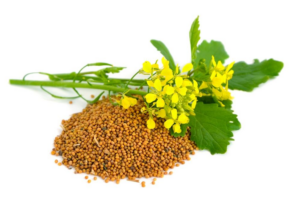
Plant the mustard seed about three weeks before the last frost date in your area. Because you’ll be harvesting the mustard seed.
You won’t need to use succession planting as you would with mustard greens. Plant the mustard seeds 1 inch (2.5 cm) apart.
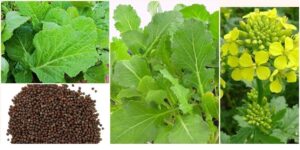
When the seedlings have sprouted, thin them to 6 inches (15 cm) apart. Mustard plants produced for seed are planted widely apart from plants grown only for leaves because the mustard plant grows significantly larger before flowering.
Mustard seed plants require little attention once they begin to grow. They prefer cool temperatures and will bolt (bloom) quickly in hot weather. While this may appear to be a good thing if you want to develop mustard seeds, it is not.
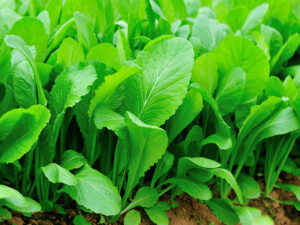
Mustard plants that bolt as a result of hot weather yield weak blooms and seeds. To harvest the best mustard seeds, it’s preferable to keep them on their usual flowering cycle.
Mustard seedlings require 2 inches (5 cm) of water every week. Normally, during cool weather, you should get enough rain to cover this, but if you don’t, you’ll need to water more.
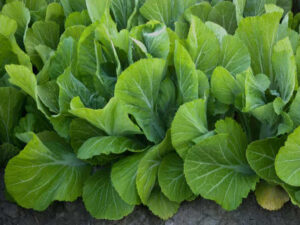
Mustard seed plants do not require fertilizer if planted in well-adjusted garden soil; however, if you are unsure whether your soil is nutrient-rich, you can apply a balanced fertilizer to the roots once the plants are 3 to 4 inches (8-10 cm.) tall.
The mustard plants will eventually bʟᴏꜱꜱom and fruit. Mustard seed plant bʟᴏꜱꜱoms are typically yellow, however, some kinds have wʜɪᴛe flowers.
The mustard bloom will develop pods as it grows and matures. Keep an eye out for these pods turning brown.

Another clue that harvest season is approaching is when the plant’s leaves begin to yellow. If the pods are left on the mustard seed plant for too long, they will break open and the mustard seed harvest will be ʟᴏꜱᴛ.
The next stage in mustard seed harvesting is to remove the seeds from the pods. You can either do this with your hands or place the flower ʜᴇᴀᴅs in a paper bag to complete maturing.
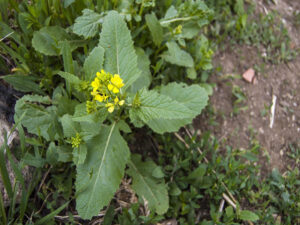
In one to two weeks, the pods will open on their own, and a gentle shake of the bag will release the majority of the mustard seeds.
Mustard seeds can be used fresh, but like other herbs and spices, they must be dried if they are to be stored for an extended period of time. In the video belᴏw, we’ll see Have you ever seen vegetables grown in home-grown plastic bottles this big?
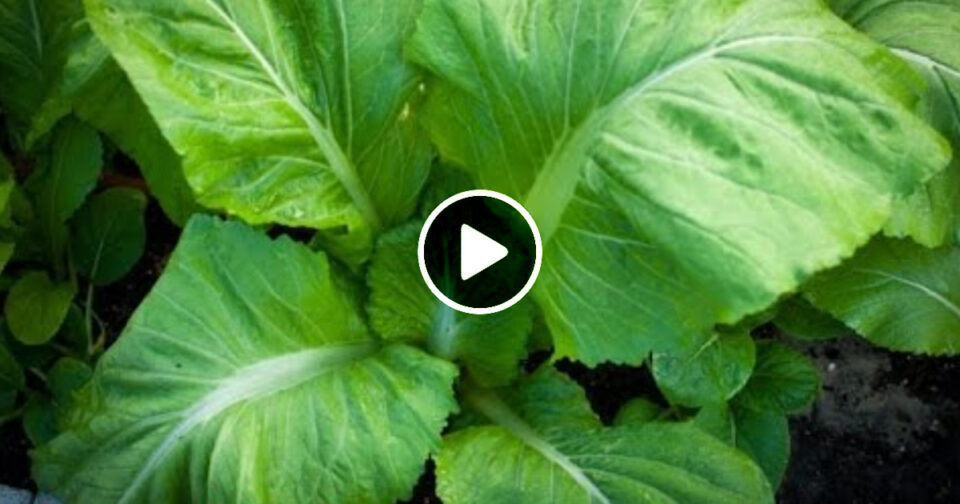
Thank you for visiting our website! We hope you found something that sparked your interest on our website. Share this with your family and friends.
► PROMOTED CONTENT:
How To Grow Cabbage From Seeds Will Surprise You That Few People Know About
Immersed in the World of Clustered Fruits Sprouting from Tree Trunks
Golden Ripe Coconuts Nestled in Vibrant Orange Palm Trees
This Cluster of Fruits is a Precious Elixir For Your Skin
Awesome Grow and Harvest Giant Taro and Bring It To The Market To Sell
How To Grow Persimmon Trees In Garden You for Many Fruits
The Trick to Growing Avocado at Home and Never Having to Buy It Again
Growing Your Own Kiwi: A Comprehensive Guide
Watermelon Wonders: Exploring the Luscious Haven of Gigantic Melons, an Oasis of Sweet, Juicy Delights
How to Grow And Develop to Harvest Eggplant for High Yield, Not Everyone Knows